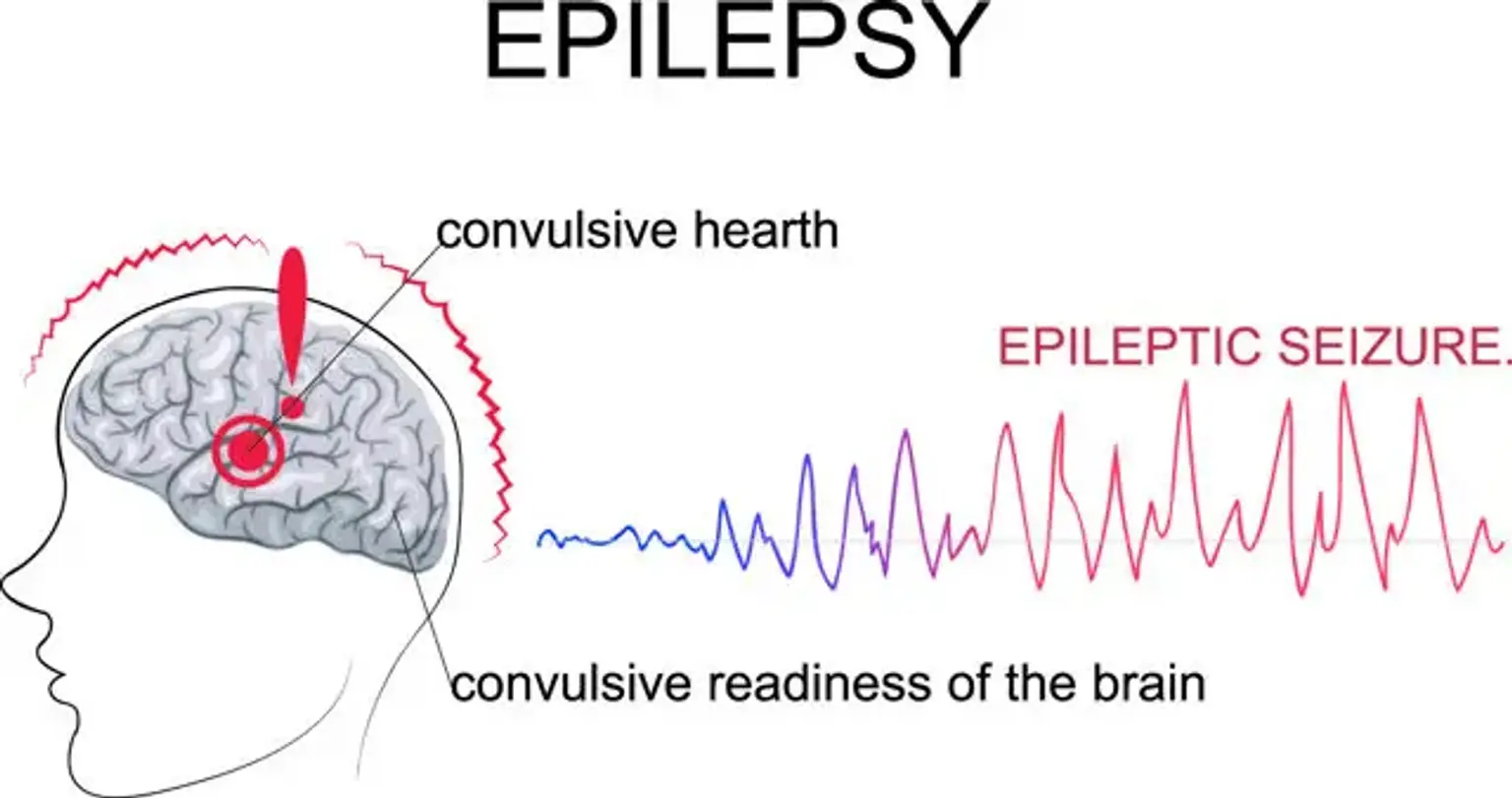Epilepsy
Epilepsy is a neurological condition whereby brain activity gets abnormal. This results in seizures or episodes of irregular behavior, feelings, and occasionally loss of awareness. Epilepsy can strike anyone at any time. Males and females of various races, ethnicities, and ages are all susceptible to epilepsy.
Most people with epilepsy can manage their seizures using medication or, in certain cases, surgery. Other people need to be treated for seizures for the rest of their lives, while others' seizures go away with time. Also, some children with epilepsy tend to outgrow the disease over time.
